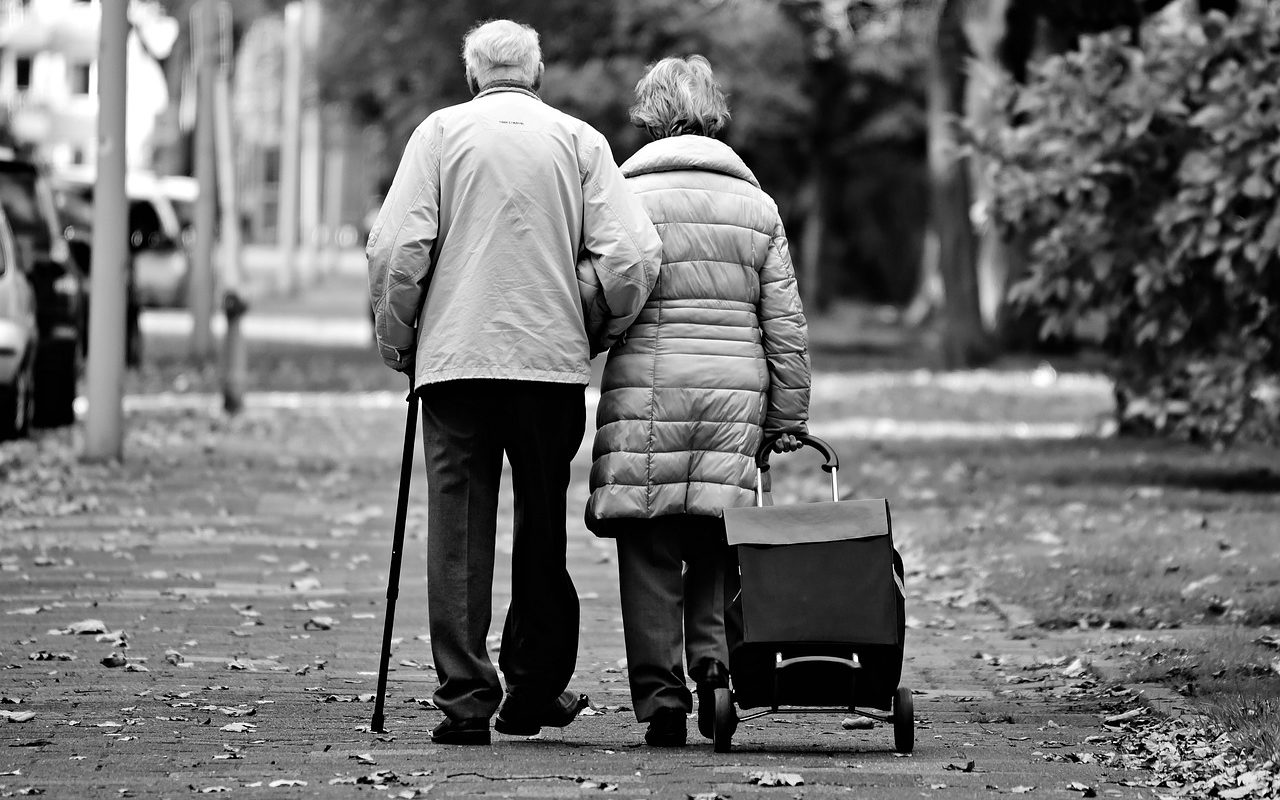ศาสตราจารย์เกียรติคุณ กำธร กุลชล
ภาคีสมาชิก
บทคัดย่อ
ในช่วงเวลาอีก ๒๓ ปีข้างหน้า ประเทศไทยจะเข้าสู่ “สังคมสูงอายุอย่างสมบูรณ์” เมื่อประชากร ร้อยละ ๒๐ จะมีอายุตั้งแต่ ๖๐ ปีขึ้นไป ผู้เขียนจึงนำเสนอบทความที่เกี่ยวข้องกับการออกแบบชุมชนซึ่งจะตอบโจทย์ใน “มิติด้านสภาพแวดล้อม” สำหรับผู้สูงอายุ โดยนำผลการศึกษา วิจัย และหลักการ ที่เกี่ยวข้องจากแหล่งต่าง ๆ ทั้งในประเทศและต่างประเทศ มาประยุกต์ใช้เป็นองค์ประกอบหลัก
แนวความคิดที่สำคัญเกิดจากการรณรงค์ให้ผู้สูงอายุดำรงชีวิตต่อไปในที่อาศัยอยู่เดิม หรือ “สูงวัยในถิ่นเดิม” โดยการสร้าง “ชุมชนที่เป็นมิตรกับผู้สูงอายุ” เพื่อให้เกิดความพึงพอใจในสภาพแวดล้อมแบบเดิม ๆ โดยผู้สูงอายุในชุมชนเมืองต้องการสภาพแวดล้อมที่ให้ความเป็นอิสระ ความเป็นส่วนตัว และความมั่นคงในอารมณ์ ดังนั้น การสร้างสรรค์ “สภาพแวดล้อมที่คุ้นเคย” จึงควรคำนึงถึงความเสื่อมถอยทั้งในด้านสรีระ ประสาทสัมผัส จิตใจ และอารมณ์ โดยใช้องค์ประกอบห้าประการในการออกแบบสภาพแวดล้อมของชุมชน ได้แก่ ความปลอดภัย ความสะดวกสบาย การเข้าถึงได้ ความเด่นชัด และ ความเข้าใจได้ง่าย ส่วนผู้สูงอายุในชุมชนชนบทส่วนใหญ่ใช้ชีวิตประจำวันในการเดินทางไป วัด บ้านญาติหรือเพื่อนบ้าน เรือกสวนไร่นา สถานพยาบาล และร้านค้า สิ่งที่น่าสนใจคือพื้นที่ปฏิสัมพันธ์ของผู้สูงอายุในชุมชนชนบทไทย ได้แก่ ที่นั่งใต้ร่มไม้ หรือศาลา ตามจุดตัดต่าง ๆ ของเส้นทางสัญจรในหมู่บ้าน
คำสำคัญ : สังคมสูงอายุ, มิติด้านสภาพแวดล้อม, สูงวัยในถิ่นเดิม, ชุมชนที่เป็นมิตรกับผู้สูงอายุ, สภาพแวดล้อมที่คุ้นเคย
Abstract
In a few years’ time, Thailand is entering an aged society when more than 20% of its population will turn 6o years old and older. This article is all about how to design the right environment for aged communities, based on findings from national and international researches, studies, and principles. The concept of ‘ageing in place’ is now accepted worldwide, followed by the main objective to design an ‘elderly-friendly community’ aiming at securing senior citizens’ preference to continue living in their old places. However,
guidelines for those living in urban areas are not identical with those in rural communities. While the urban community focuses on freedom, privacy, and emotional stability to maintain ‘familiar environment’ for those with physical, sensory, and emotional deterioration; the rural community provides less limitations due to simpler way of living. It is therefore suggested to apply five elements to the design of an urban environment: safety, comfort, accessibility, distinction, and legibility. On the other hand, designing a rural community environment needs to keep in mind regular places where elder people often visit on a daily basis either for religious purposes, chatting with relatives/neighbors, working in farmlands, receiving health/medical services, or buying consumers goods at local shops. In addition, social activities among elderly villagers are commonly taken place at intersections/ junctions where informal shelters or shaded spaces are provided as the meeting places for them.
Keywords: aged society, environmental dimension, ageing in place elderly-friendly community, familiar environment




